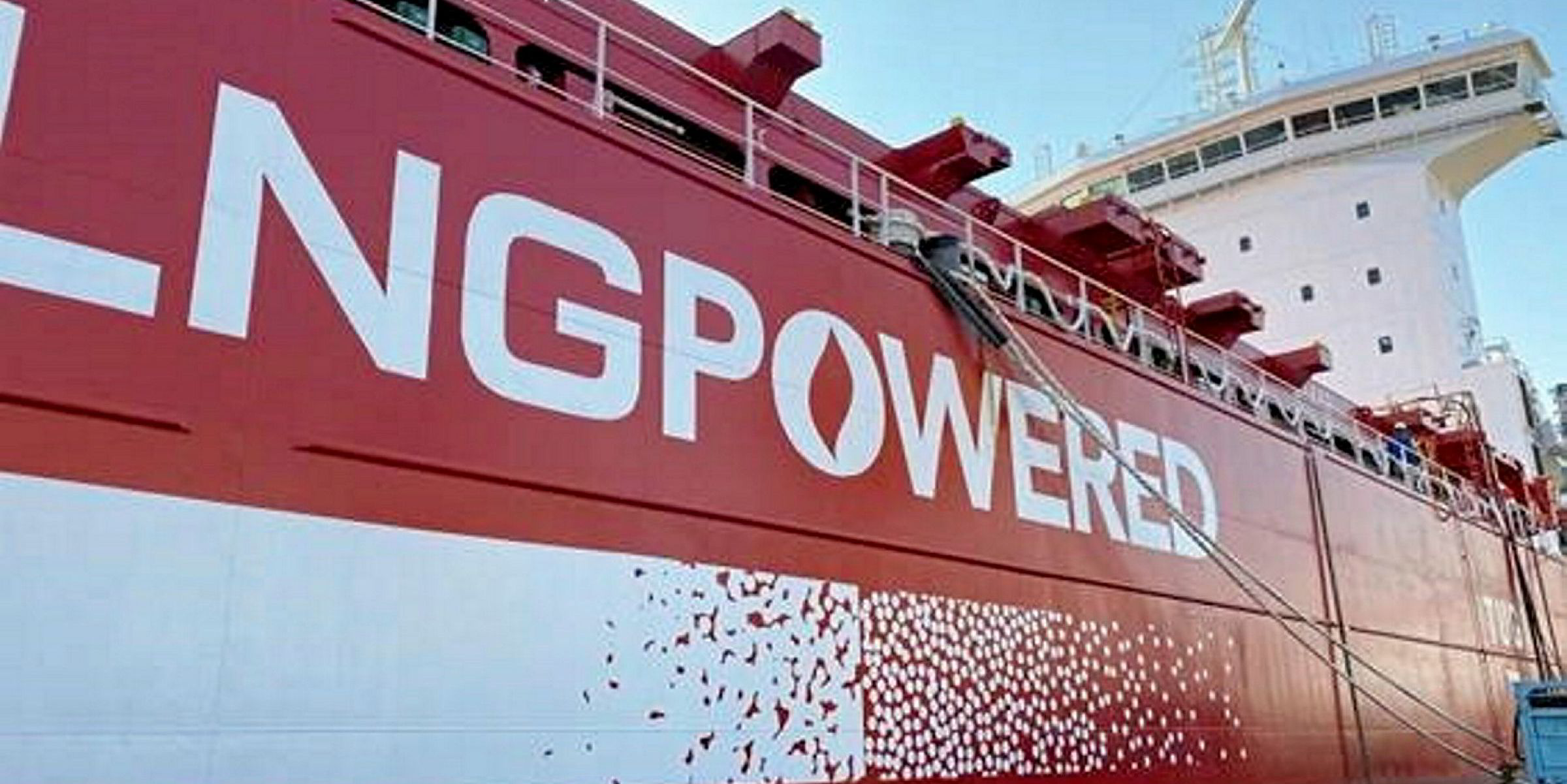Shipping could fall short of its goal to cut carbon emissions in half by 2050, analysis by classification society ABS suggests.
The IMO has challenged the industry to reduce its carbon intensity, chopping carbon per tonne of cargo carried by 40% by 2030 and 70% by 2050, compared to 2008 levels.
ABS’s projections, outlined in its report Setting the Course to Low Carbon Shipping, is set to meet those goals through a reduction in the use of conventional fuel oil and increased use of alternatives such as LNG, LPG, methanol, biofuels, ammonia and hydrogen.
By 2030, ABS forecasts shipping’s use of oil based fuel use will reduce to just over 80%, compared to 95% today, and to 40% by 2050.
However, ABS is concerned that might not be enough to achieve another key IMO goal: to halve absolute carbon emissions by 50% by 2050, compared to 2008 levels.
ABS chief executive Christopher Wiernicki said: “The models in our research suggest our industry will meet the targets for the reduction in carbon intensity by 2050, but it might miss the target for the total green house gasses emitted annually. In short, there is a gap between the industry’s present course, and its stated ambition.”
Fuel oil reductions
The report concluded that further reductions in the use of conventional fuel oil will be required.
“To achieve a 50% reduction in absolute CO2 emissions, the market share of petroleum fuels will need to be further reduced by 2050 below 40 percent,” ABS said.
However, in its report, ABS also explores alternatives for reducing carbon emissions such as just in time port arrival, which would increase transportation efficiency, and the use of fuel cells and other technology.
Maersk, the world’s largest container operator, commented on ABS’s findings by saying that the company is hoping to increase the use of carbon-neutral fuels to achieve its corporate goal of being fully carbon neutral by 2050.
Chief technical officer Palle Laursen, said: “To bring this ambition to life, we need to bring the first commercially viable carbon neutral vessel into operation by 2030 already, which can only happen if we work together across the industry and supply chain.”






